
Cornus stolonifera 'Flaviramea'
Cornus stolonifera flaviramea is a beautiful yellow-twigged shrub that is perfect for adding a splash of color to your garden. This shrub is easy to care for and is tolerant of a wide range of conditions, making it a great choice for even the novice gardener. cornus stolonifera flaviramea is a native of North America and is often found in wooded areas.

Cornus stolonifera Flaviramea
Cornus stolonifera 'Flaviramea' Phonetic Spelling KOR-nus ser-IK-ee-uh Description. Yellow twig dogwood is a deciduous flowering shrub in the Cornaceae (dogwood) family. This rapid-growing, multi-stemmed cultivar of the red twig dogwood (Cornus sericea) has greenish-yellow stems and grows upright to a mature height of 5 to 6 feet. The genus.

Cornus stolonifera 'Flaviramea' (GelbholzHartriegel)
Cornus servicea 'Flaviramea' (formerly Cornus stolonifera 'Flaviramea') Common Names: Yellow-twig dogwood and yellowtwig dogwood: Plant Type: Deciduous shrub: Mature Size: Five to six feet in height with a similar spread: Sun Exposure: Full sun to part shade: Soil Type: Consistently moist soil with high levels of organic material: Soil pH: 5.5.
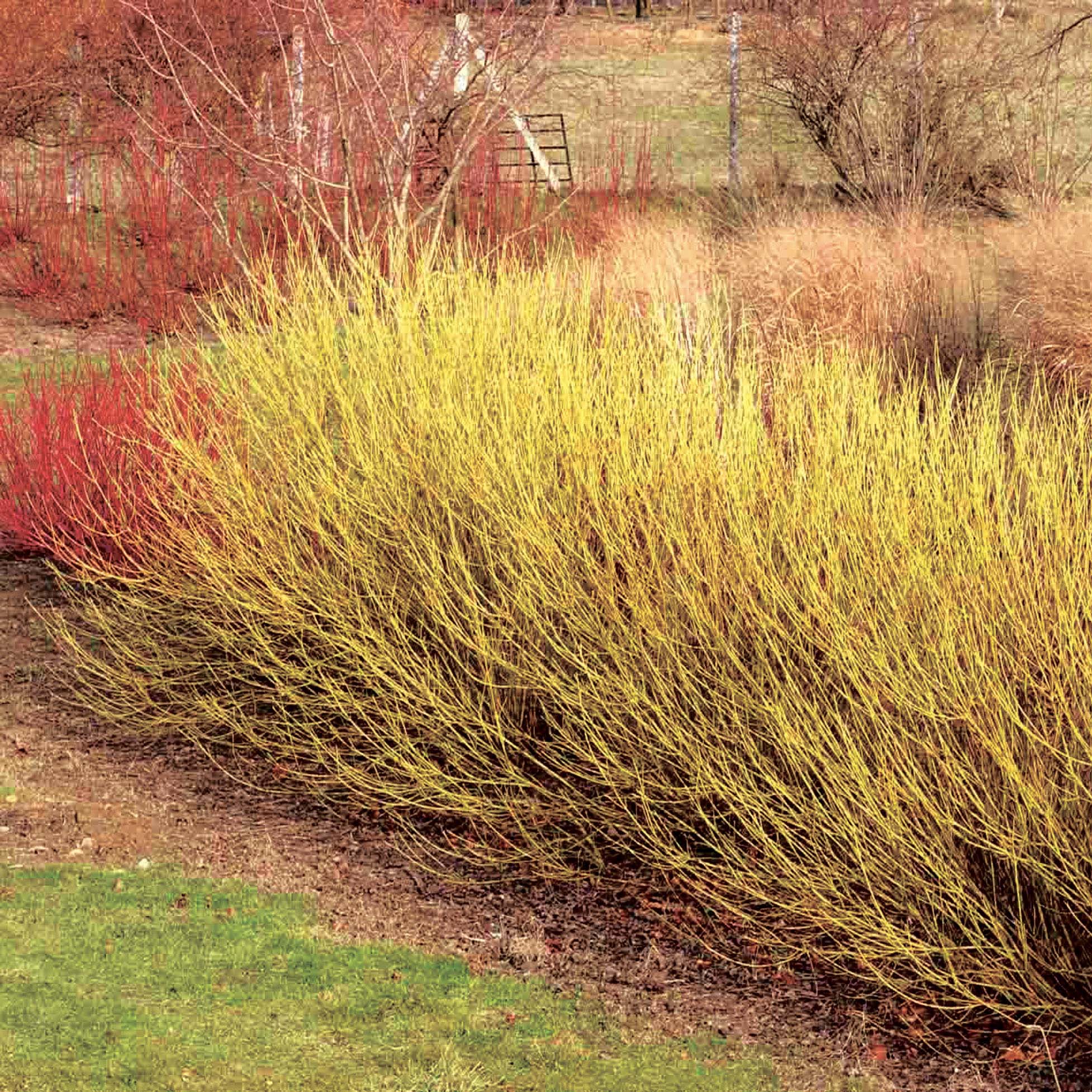
Cornus stolonifera Flaviramea Cornouiller blanc à bois jaune vif
Noteworthy Characteristics. Cornus sericea, commonly known as red twig dogwood or red osier dogwood, is an upright-spreading, suckering shrub that typically grows in the absence of pruning to 6-9' tall with a slightly larger spread.With the exception of the lower midwest and deep South, this species is native to much of North America where it is typically found growing in wet swampy areas.
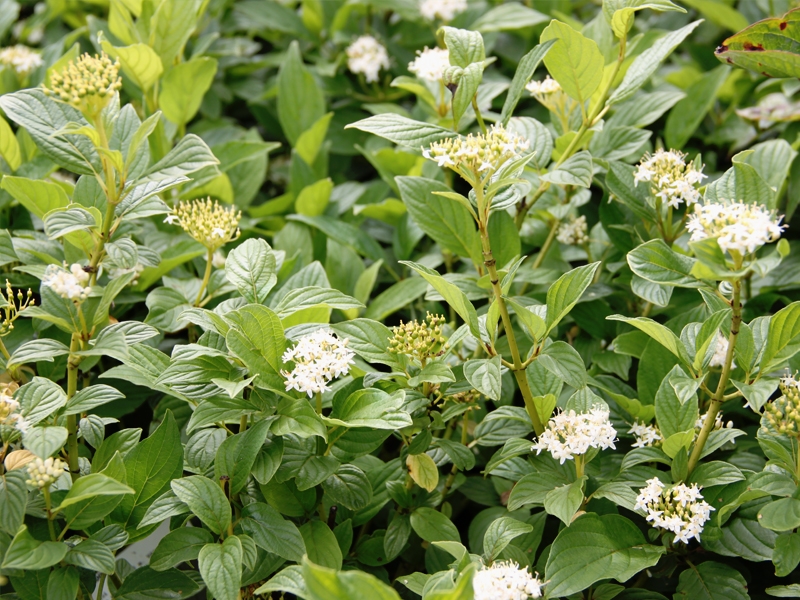
Cornus stolonifera 'Flaviramea' Svída výběžkatá (Fotografie 2) Listnaté keře Katalog rostlin
Cornus sericea 'Flaviramea' Plants that fill a similar niche: Cornus florida. Ilex verticillata. Panicum virgatum. Tweet this Page Share on. lenticels Matt Lavin CC-BY-SA 2.0 Cornus stolonifera flower and leaves Superior National Forest CC BY 2.0 Cornus stolonifera flowers Superior National Forest CC BY 2.0 White berries Ron Clausen CC BY-SA.
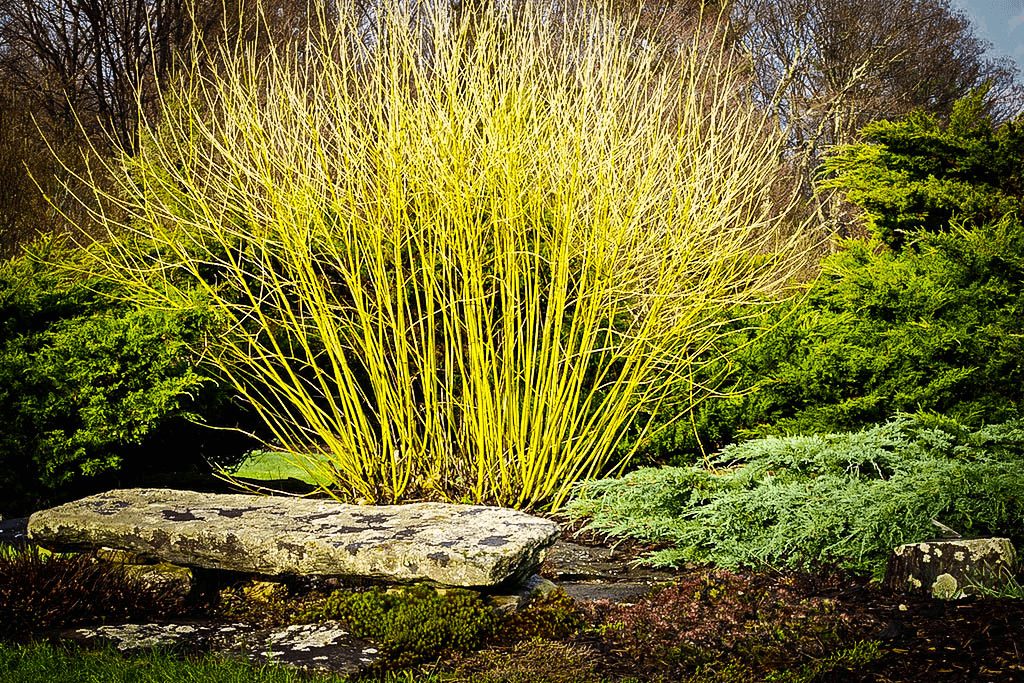
Cornus stolonifera "Flaviramea" Rasadnik Mihalek
Cornus sericea 'Flaviramea' has bright yellow-green stems, and looks fantastic when planted with evergreen shrubs, and among spring flowers. It's tolerant of a wide range of soil types, and produces the brightest winter bark when planted in full sun. To keep the size of the plant in check and to encourage the most colourful bark, remove a third.
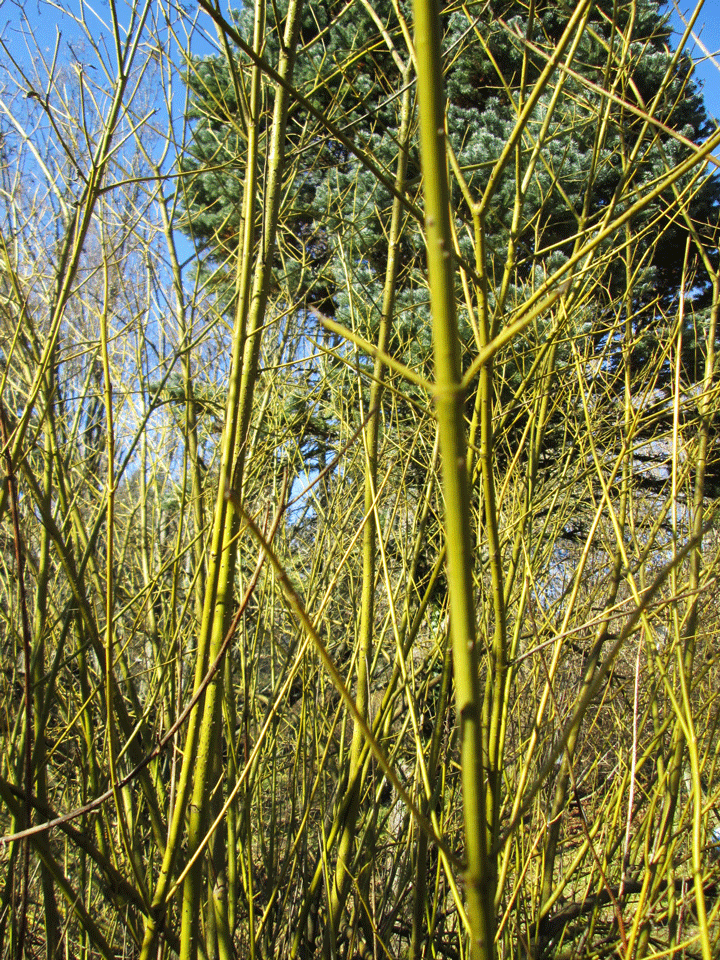
Cornus stolonifera (syn. sericea) „Flaviramea“ Arboretum Laßnitzhöhe
How to care for Cornus sericea Flaviramea: In March cut the stems back hard to within 5-8cm from the ground and apply a generous 5-7cm mulch of well-rotted garden compost or horse manure around the base of the plant. Where border space is limited restrict the spread of the plant by removing one in four of the stems each year.

Cornus stolonifera 'Flaviramea' Gelbholz Hartriegel Häußermann Stauden und Gehölze
The inclusion of Redoiser dogwood, also previously known as C. stolonifera, in C. sericea subsp. sericea, separates it from its "western version" (Western or Creek Dogwood) which was listed as C. stolonifera var. occidentalis or simply C. occidentalis. Now the accepted name for the western form is Cornus sericea subsp. occidentalis .

Cornus stolonifera Flaviramea Golden Dogwood Pack of THREE Plants Garden Plants
Cornus sericea flaviramea is a deciduous shrub that is native to North America. This shrub is commonly used as an ornamental plant due to its showy yellowish-green flowers that bloom in the spring. The cornus sericea flaviramea plant is easy to care for and is tolerant of a wide range of soil conditions. This shrub can reach a height of up to 6 feet and a width of up to 8 feet.

Cornus Stolonifera Flaviramea 6090cm (23Ft) Bare Root Yellow Dog Wood Hedging Plants from
Sun. A variegated form is known as 'Flaviramea White Gold' Hardy to USDA Zone 2 First offered by Spath Nursery, Germany, about 1900. Note: The name of selections and cultivars in the nursery trade are often given without the subspecies designation. Example: Cornus sericea 'Flaviramia'
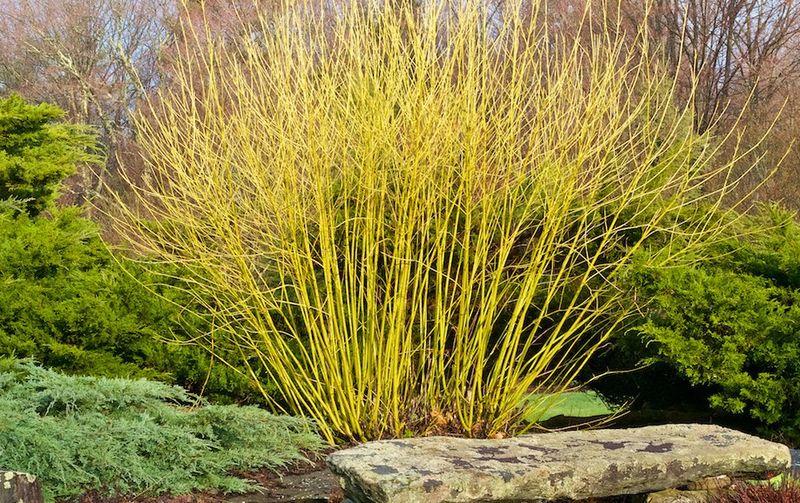
Sárgavesszőjű som (Cornus stolonifera 'Flaviramea') Kerti növények fitoland.hu
An old favourite, Cornus stolonifera 'Flaviramea' is a branching shrub with handsome, mustard yellow-green bare stems in winter. Dark green summer leaves with yellow tints in autumn as they fall. Ideal for planting in groups for winter interest and it looks particularly good next to streams and ponds. Position: Full sun or partial shade.

Wildobstschnecke Cornus stolonifera Flaviramea / Gelbholz Hartriegel
Cornus sericea 'Flaviramea' is a moderate growing broadleaf deciduous shrub with green foliage and white flowers in spring followed by white fruit. It can grow 5 FT - 6 FT - wide, 5 FT - 6 FT - tall. Attractive to bees. To grow well, it prefers sun - mostly shade and even moisture water. Adaptable to various soil conditions. Grows best in well-drained, rich and acidic soil.
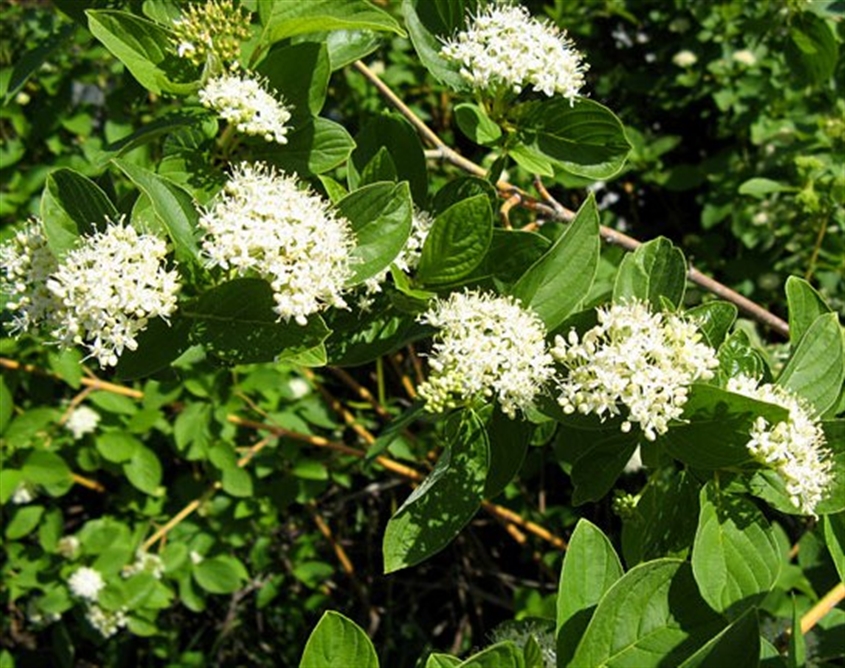
Cornus stolonifera flaviramea c6 Central Jardin
Cornus sericea, the red osier or red-osier dogwood, is a species of flowering plant in the family Cornaceae, native to much of North America.It has sometimes been considered a synonym of the Asian species Cornus alba.Other names include red brush, red willow, redstem dogwood, redtwig dogwood, red-rood, American dogwood, creek dogwood, and western dogwood.
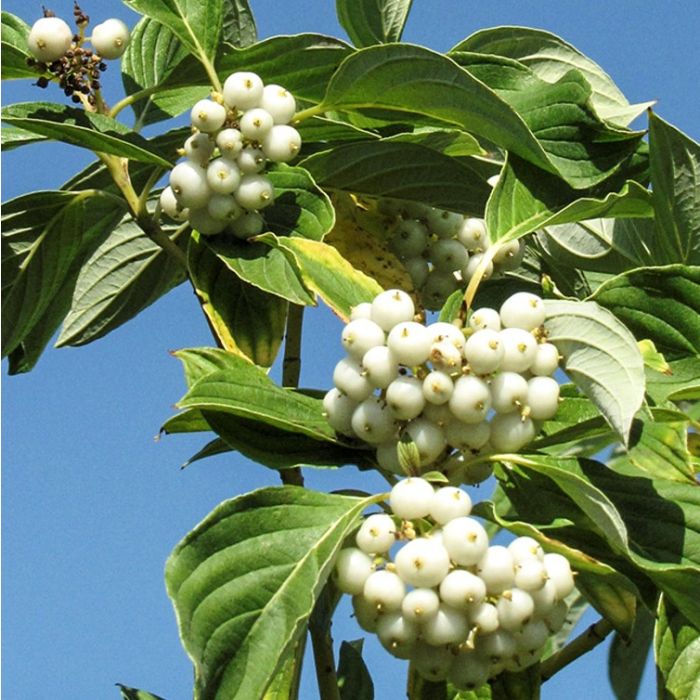
Guldkornel (Cornus stolonifera 'Flaviramea') Garmundo
Other names: Cornus stolonifera 'Flaviramea'. Discuss Cornus sericea 'Flaviramea' with other Shoot members Reversion. David Lowery 3606 0 Is it possible that plant can revert from yellow stems to green. If so can it safely be removed as is stronger than rest of plant. Do cuttings come true to life of yellow stem..
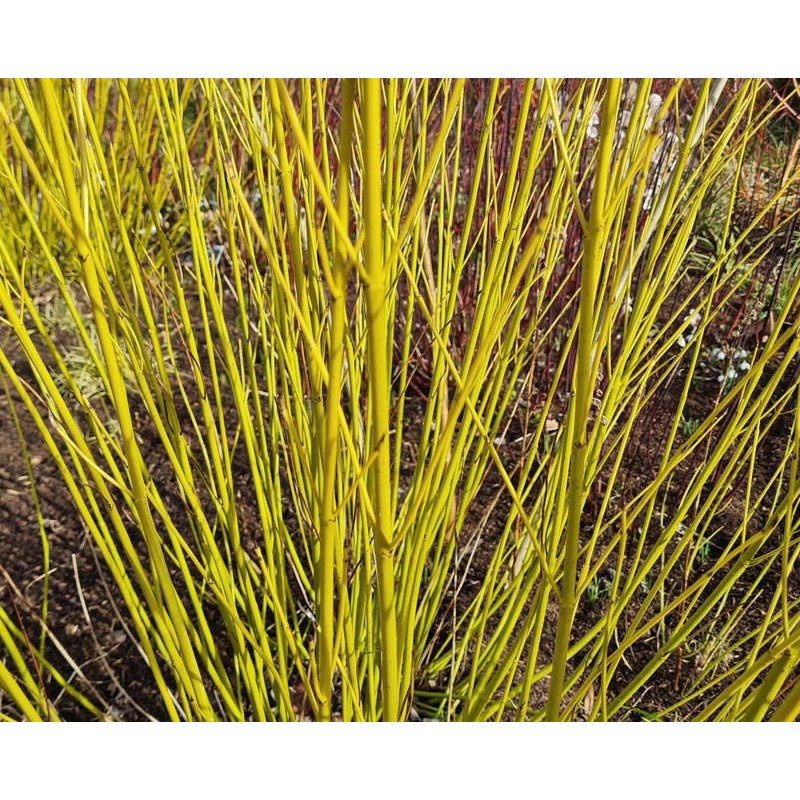
Cornus stolonifera 'Flaviramea'
¡Precios increíbles y alta calidad aquí en Temu. Envío gratuito en todos los pedidos. ¡Solo hoy, disfruta de todas las categorías hasta un 90% de descuento en tu compra.
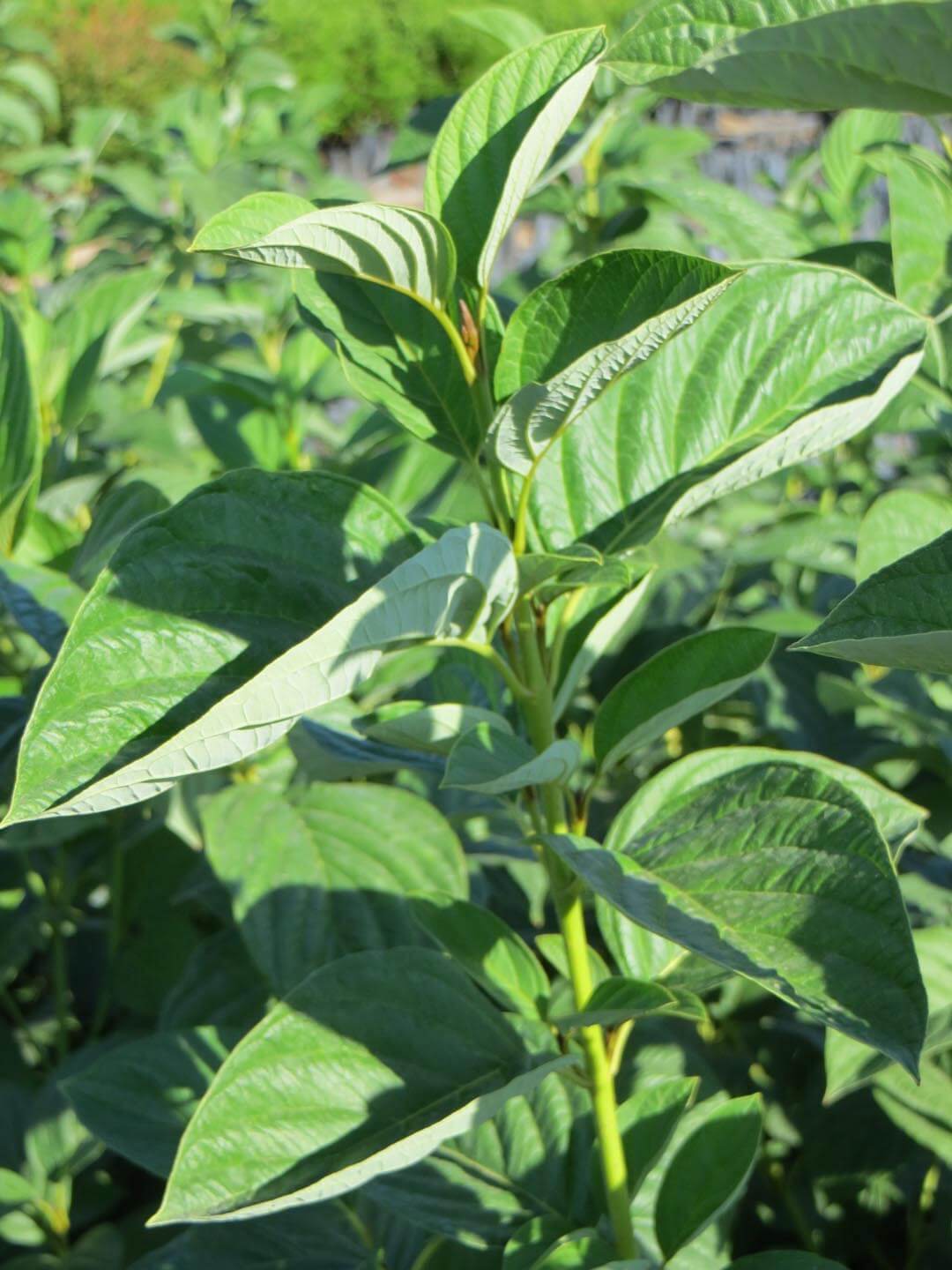
Cornus stolonifera 'Flaviramea' Boething Treeland Farms
Native to (or naturalized in) Oregon: Deciduous shrub, 7-9 ft (2-3 m) high, greenish yellow stems in winter, otherwise similar to species. Sun. A variegated form is known as 'Flaviramea White Gold'. Hardy to USDA Zone 2 First offered by Spath Nursery, Germany, about 1900.